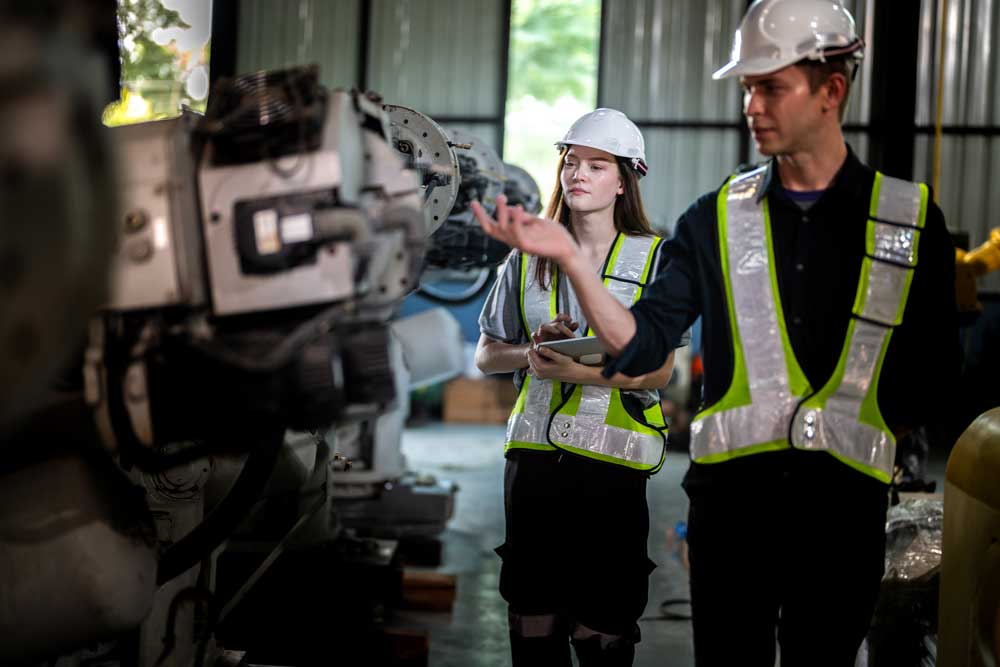Introduction
This report examines the tragic collapse of the Silver Bridge in Point Pleasant, West Virginia, on 15 December 1967, which resulted in the loss of 46 lives. As a seminal event in civil engineering history, the disaster exposed critical flaws in bridge design, construction, and maintenance practices of the era. This essay, written from the perspective of a civil engineering student, aims to provide a detailed analysis of the causes of the collapse, the structural deficiencies identified, and the subsequent impact on engineering standards. The discussion will focus on the technical factors contributing to the failure, supported by historical evidence and academic sources, while highlighting the broader implications for bridge safety and design.
Background and Context of the Silver Bridge
The Silver Bridge, constructed in 1928, was a suspension bridge spanning the Ohio River between Point Pleasant, West Virginia, and Gallipolis, Ohio. It featured an innovative eyebar-chain design, a cost-effective alternative to traditional wire-cable suspension systems. The bridge carried significant traffic, including heavy vehicles, despite being designed for lighter loads typical of the early 20th century. By the 1960s, increased traffic and minimal maintenance had placed considerable stress on the structure. Indeed, the absence of regular inspections and updates to accommodate modern traffic demands arguably set the stage for disaster.
Causes of the Collapse
The collapse of the Silver Bridge was primarily attributed to the failure of a single eyebar, identified as eyebar 330, due to stress corrosion cracking and fatigue. According to the National Transportation Safety Board (NTSB) investigation, a small crack in the eyebar, exacerbated by environmental factors such as moisture and salt, grew over time under cyclic loading from traffic (NTSB, 1970). This progressive deterioration, combined with the bridge’s non-redundant design, meant that the failure of one component led to a catastrophic chain reaction, causing the entire structure to collapse within moments. Furthermore, the use of high-strength steel in the eyebar, while innovative at the time, made it more susceptible to brittle fracture under stress concentrations—a critical oversight in the design phase.
Structural Deficiencies and Design Flaws
A key issue highlighted by the disaster was the lack of redundancy in the Silver Bridge’s design. Unlike modern suspension bridges, where multiple cables or components distribute load, the eyebar-chain system relied on the integrity of individual links. If one failed, as occurred in 1967, there was no secondary mechanism to prevent collapse. Additionally, the bridge was not designed to handle the increased weight and volume of traffic by the mid-20th century. This mismatch between design capacity and actual use, coupled with inadequate inspection protocols, revealed significant limitations in engineering practices of the era (Petroski, 1995). The disaster thus underscored the need for adaptive design and rigorous maintenance to address evolving demands.
Impact on Civil Engineering Practices
The Silver Bridge collapse had a profound impact on civil engineering, prompting reforms in bridge design, inspection, and maintenance standards. In the United States, it led to the establishment of the National Bridge Inspection Standards (NBIS) under the Federal-Aid Highway Act of 1968, mandating regular inspections of bridges nationwide. It also spurred research into fatigue and fracture mechanics, influencing the adoption of redundancy in structural designs to prevent single-point failures (Fisher, 1984). These developments have arguably enhanced the safety of modern infrastructure, though challenges remain in balancing cost and durability, particularly for ageing structures.
Conclusion
In summary, the Silver Bridge collapse of 1967 was a tragic event that exposed critical flaws in bridge design and maintenance practices. The failure of a single eyebar, compounded by a non-redundant design and inadequate inspection, resulted in catastrophic loss of life and property. This disaster served as a pivotal moment in civil engineering history, driving significant reforms in design standards and safety regulations. For current and future engineers, the lessons of the Silver Bridge remain relevant, highlighting the importance of redundancy, regular maintenance, and adaptive design in ensuring structural integrity. Ultimately, while the tragedy cannot be undone, its legacy continues to inform safer engineering practices, protecting lives in an ever-evolving built environment.
References
- Fisher, J.W. (1984) Fatigue and Fracture in Steel Bridges: Case Studies. Wiley.
- National Transportation Safety Board (1970) Collapse of U.S. 35 Highway Bridge, Point Pleasant, West Virginia, December 15, 1967. NTSB Report No. NTSB-HAR-71-1.
- Petroski, H. (1995) Engineers of Dreams: Great Bridge Builders and the Spanning of America. Knopf.


